Vision System Technology
The term “machine vision system” means the technology that allows the creation of automatic inspection and analysis systems based on image analysis for process control, robot guidance, etc. in the field of industrial applications (https://en.wikipedia.org/wiki/Machine_vision).
Vision systems therefore allow you to analyze images and, consequently, provide numerical results and / or make decisions, eg. via I/O, alarms, etc.
Vision systems consist of a hardware component, a software component, and integration methods and experience. Starting from image acquisition, vision systems consist of selected cameras, lenses and illuminators to allow reliable image analysis.
The objects to be analyzed are, in a sense, an integral part of the vision system, so care should be taken in assessing the repeatability of pallets, transport etc.when integrating vision systems onto an existing production line.
Cameras are also equipped with an electronic interface module that allows to send captured images to the processing module according to communication protocols (USB3, GigE, Firewire, etc). The processing module can be an industrial PC on which an operating system (Win, Linux) is installed, or a real-time programmable controller.
If the camera has the processing module and the non-separate lighting system, it is called smart camera or smart sensor and is usually used for simple analysis, such as component presence / absence control, code identification, etc. On the processing module, there are image processing algorithms that normally consist of a sequence of elaborations, some of the most famous are: image enhancement, mapping, clipping, convolution, correlation, filtering, segmentation, thresholding, edge detection, blob analysis, pattern recognition, etc.
Below is a non-exhaustive list of hardware technologies used in the development of vision systems that Novasis integrates:

Cameras:
- Matrix and linear CMOS / CCD (of this latter type, Novasis Innovazione has developed specific skills) with VGA resolution up to 21Mpx
- Infrared (SWIR and IR)
- 3D based on the technique of indirect time of flight (TOF)
- Smart camera with built-in camera processing
Optics:
- Fixed and variable focal length
- Telecentric
- Ipercentric
- Dedicated to infrared
Lights:
- Circular, linear
- Backlight
- Dome
- Coaxial or telecentric
- Optical fibers
- Structured light
- Custom (internal PCB design with LEDs)
Controllers:
- Industrial PCs, OS WIN embedded
- Embedded, realtime
Software:
- Architecture based on work recipes
- Multi-user login with password
- Single or multi-camera management
- Custom Operator Interface
- View and save production statistics
- Remote Management (WiFi, GPRS)
- Image processing algorithms with proprietary libraries
